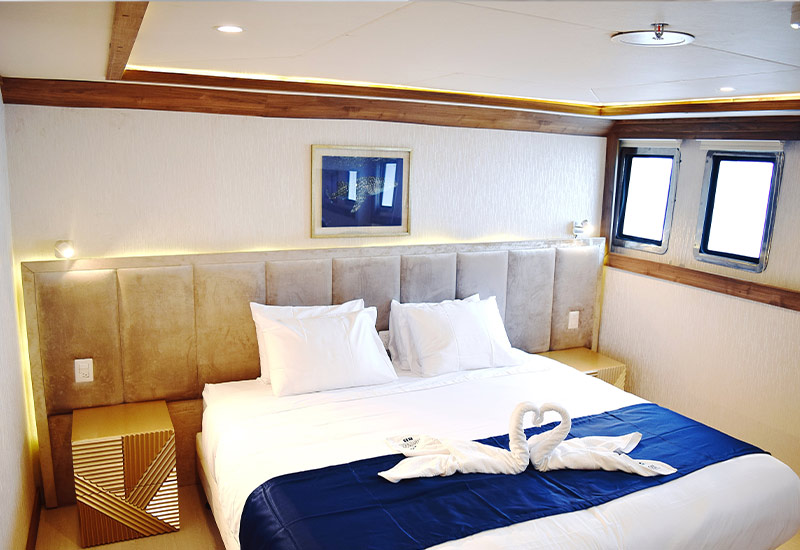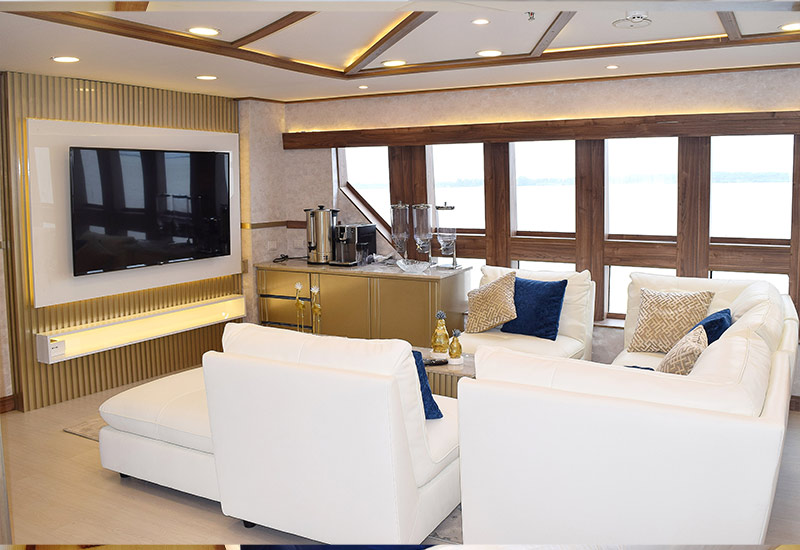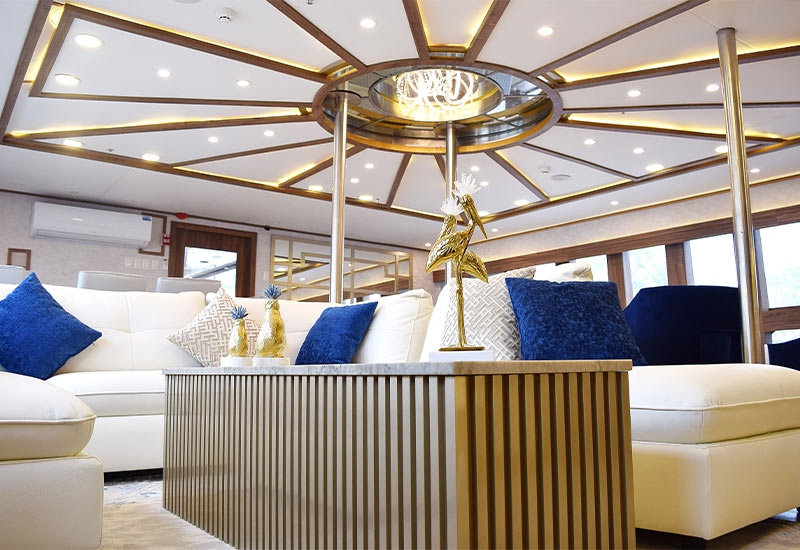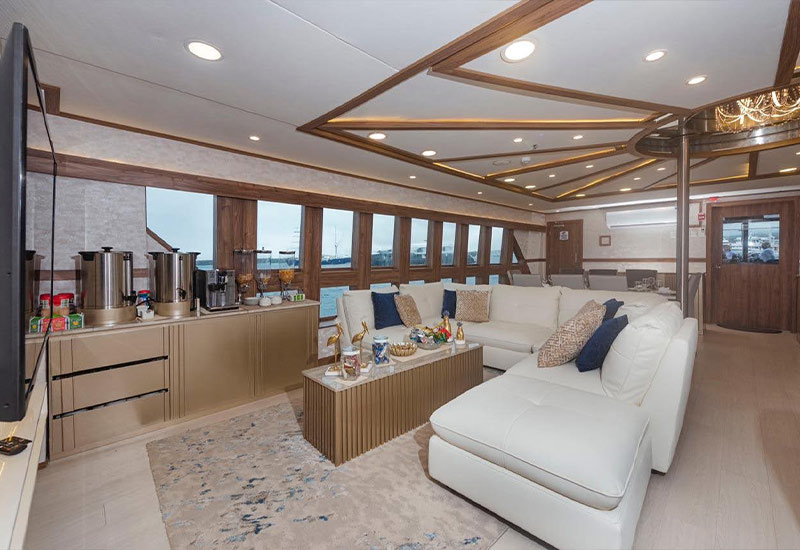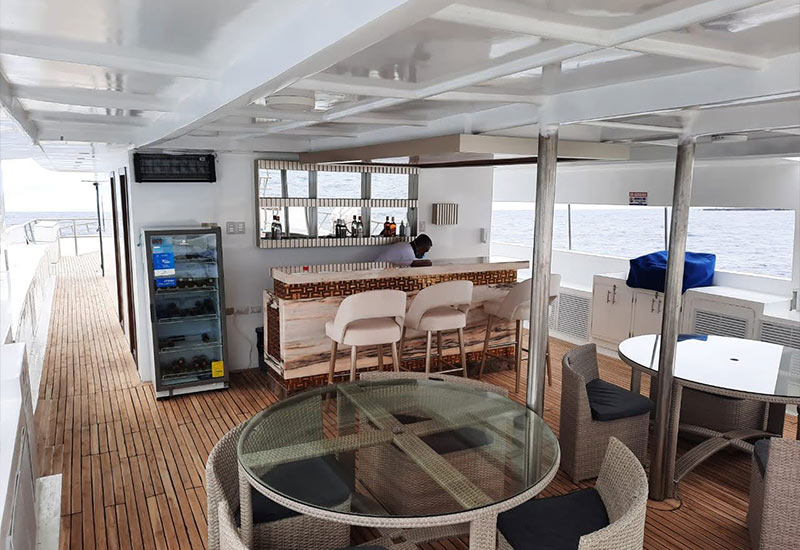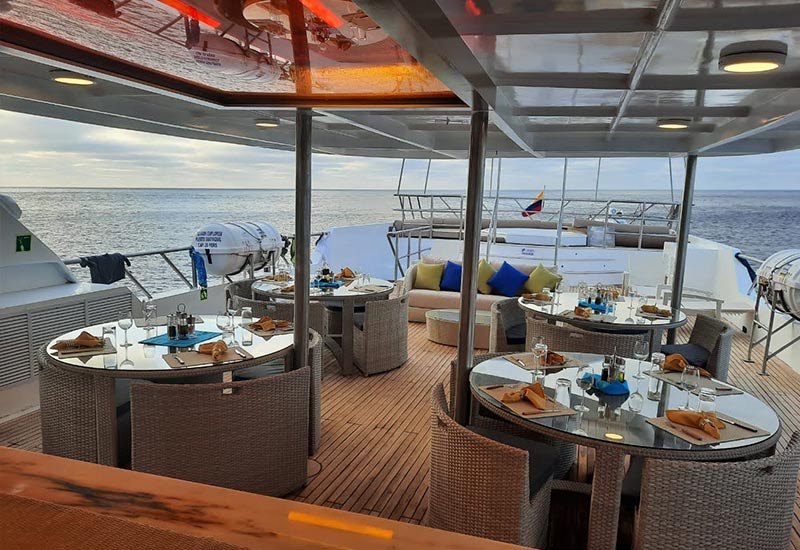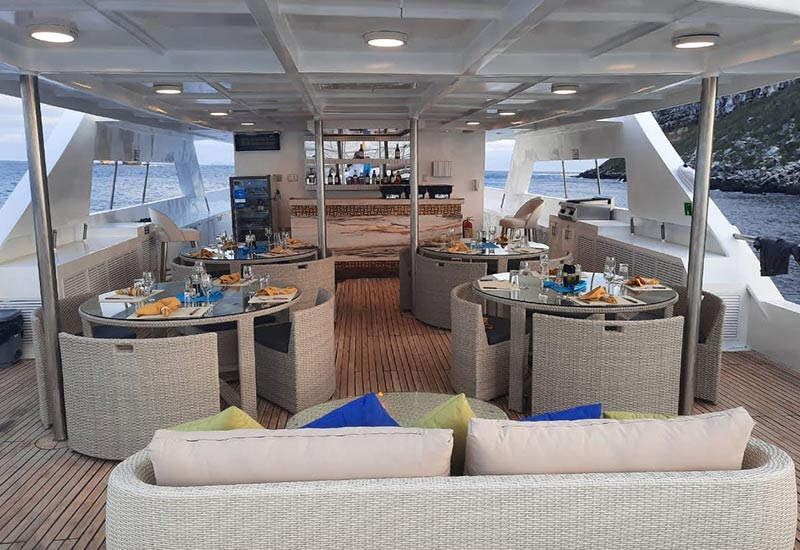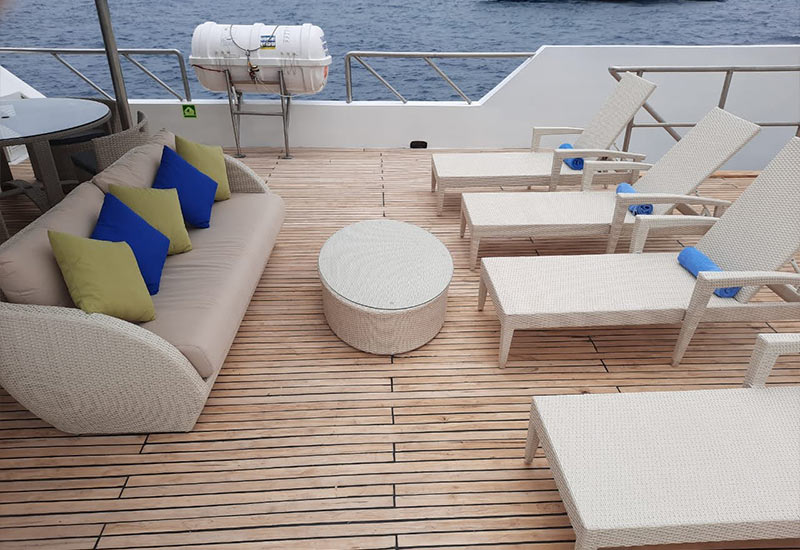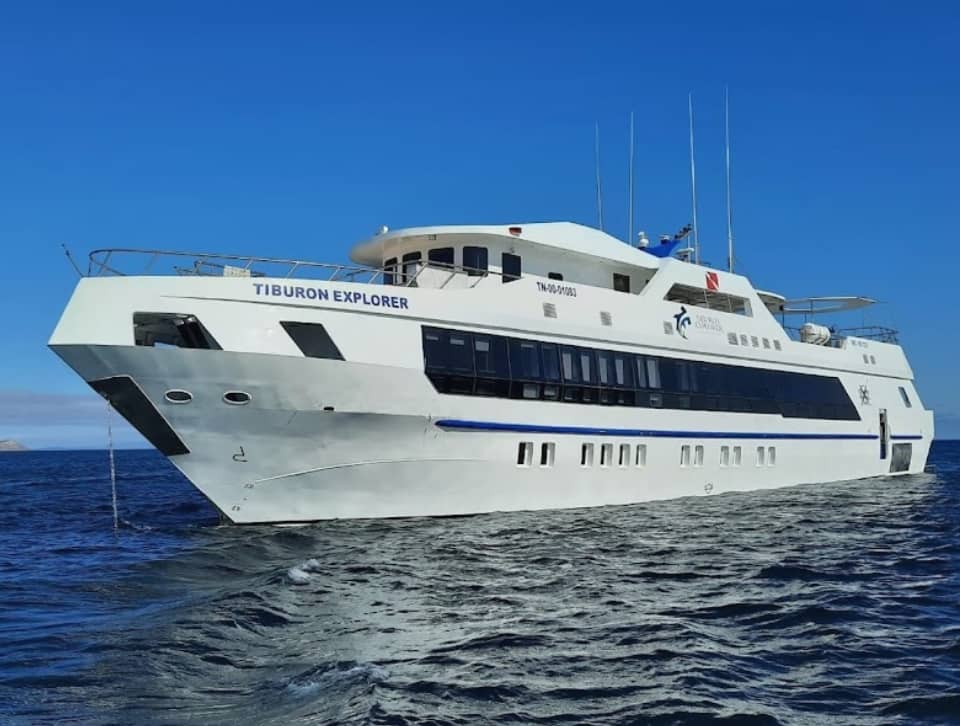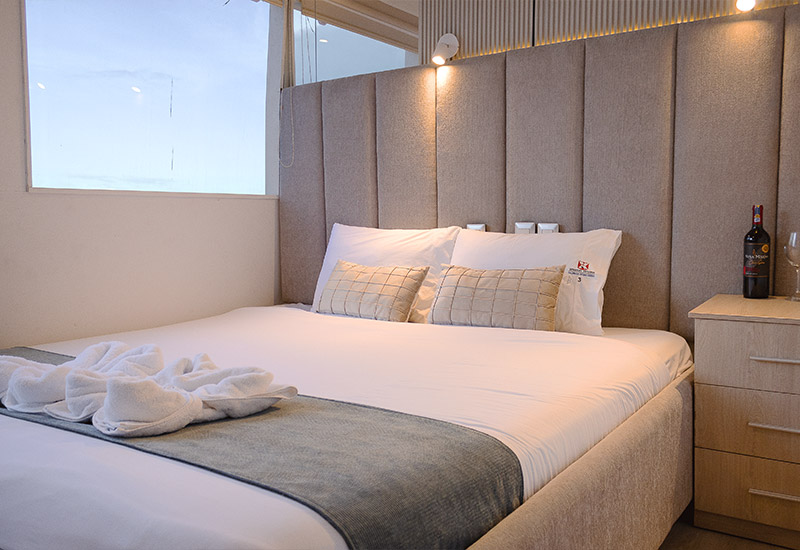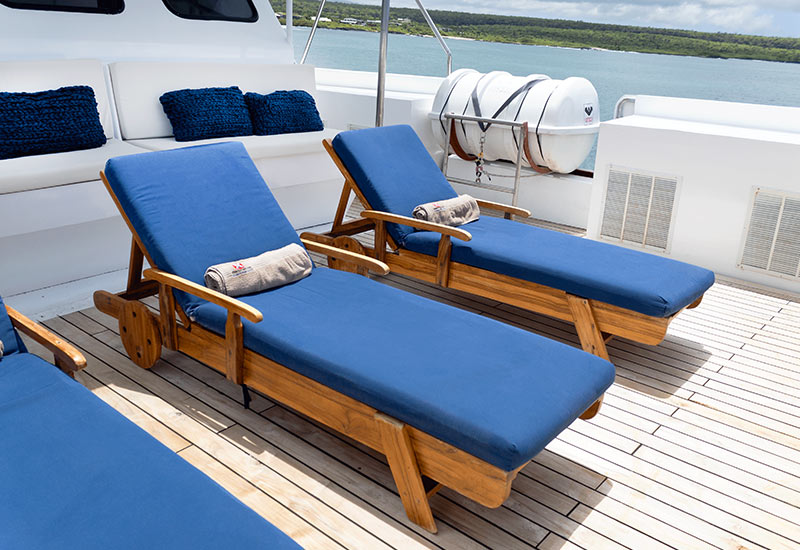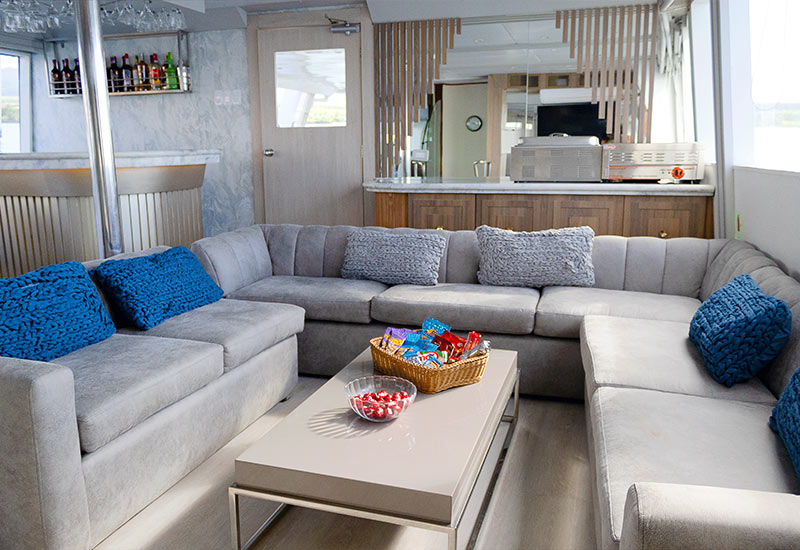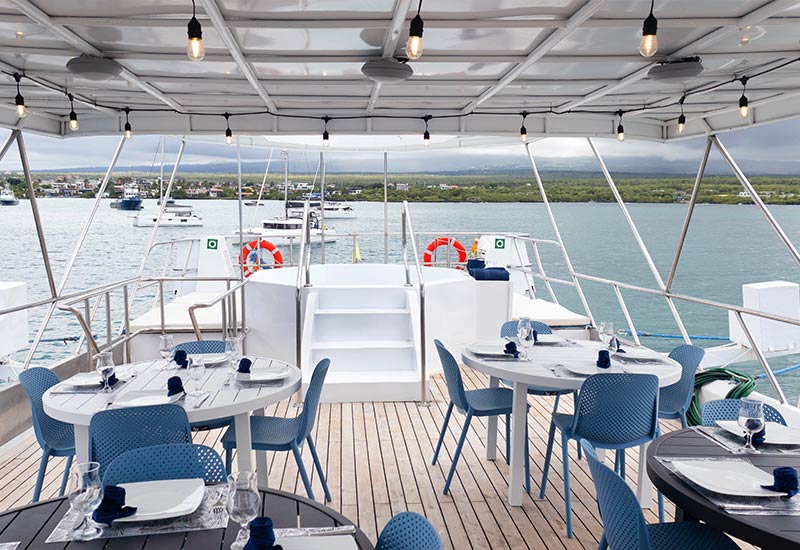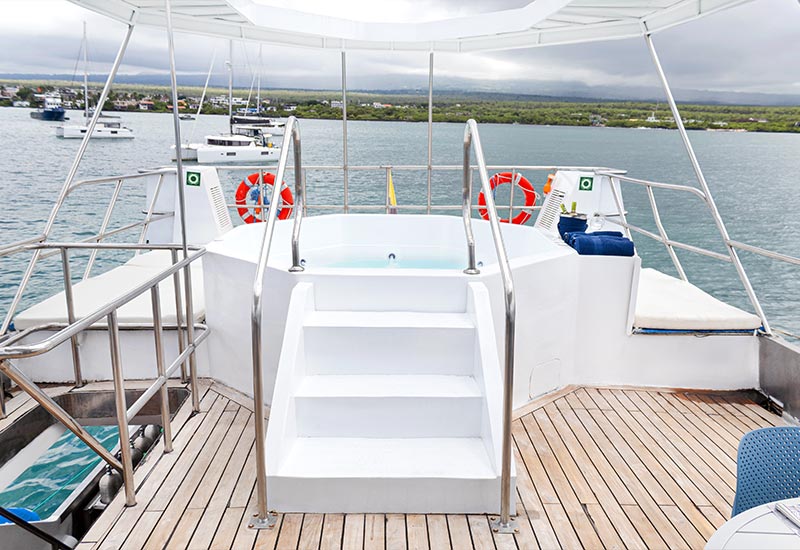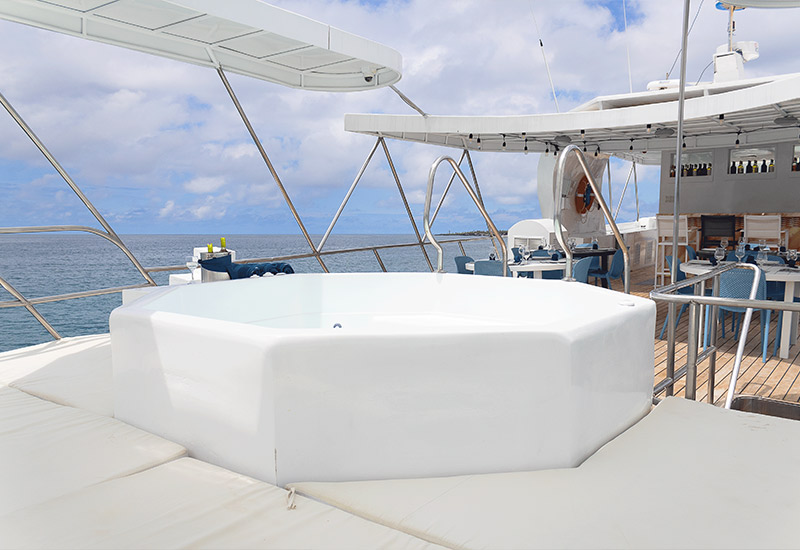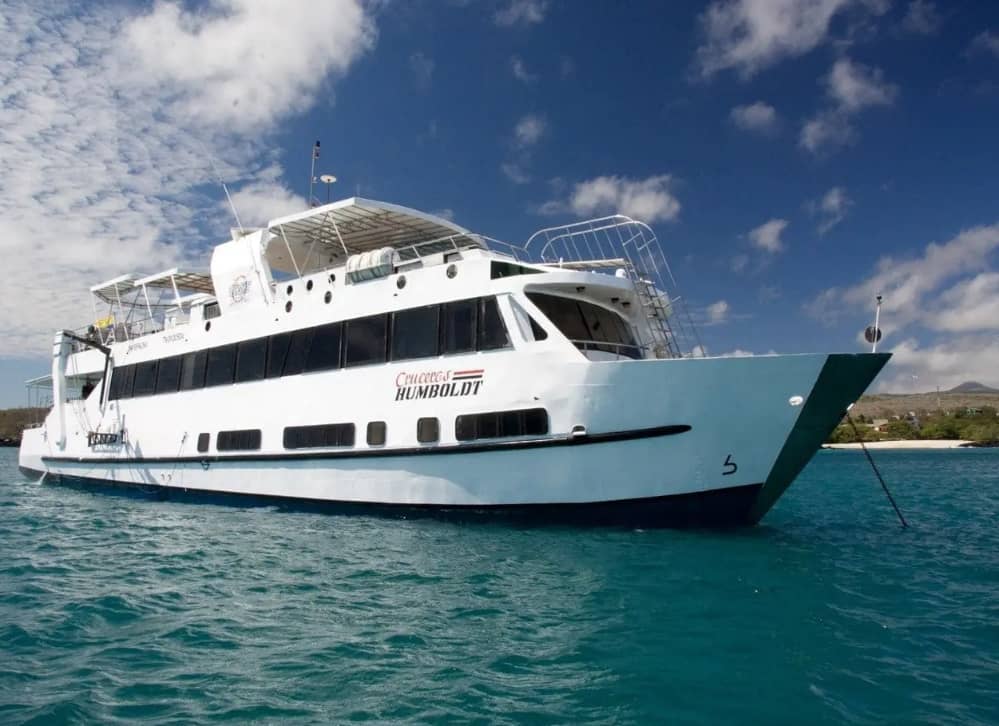The Charles Darwin Research Station CDRS is situated on the upper east side of Academy Bay, close to the harbor at Puerto Ayora. On the other hand called Charles Darwin Station (CDS), or just Darwin Station, it is about 1km (1/2mi), just a 15-minute stroll, along the alternate street from the focal point of town. Access to the station is free and guests can walk the grounds at their very own pace. Most naturalist travels incorporate a stop at Puerto Ayora where their very own naturalist guides lead travelers on a visit through the station. On the off chance that you are not in a gathering and don’t have a craving for strolling, there are a lot of nearby taxicabs cruising the boulevards that you can wave to for a ride to the station. It costs around one dollar US to go anyplace nearby.
CDRS includes an expansive, differing territory, with a raised wooden promenade through certain territories and cleaved magma ways in different zones. It incorporates a national park data focus, general data and nibble stands, a logical library, and a few structures with research labs. Close to the passage, the Van Straelen Exhibition Center contains a useful historical center where they present a video (substituting English and Spanish forms) a few times each day. Among the greatest attractions are the tortoise pens with grown-ups of various species, and an infant tortoise house with hatcheries where you can see hatchlings and youthful tortoises. There used to be a vast pen, which guests could enter to see and photo grown-up Galápagos tortoises «very close,» and look at the contrasts between the vault and saddleback species for themselves. In another region, guests could stroll through a domain where grown-up tortoises wandered uninhibitedly.
CDRS now has hostage rearing projects on San Cristóbal and Isabella notwithstanding the first one began on Santa Cruz in 1960. From that point forward, this extremely effective program has returned upwards of 4,000 tortoises, reproduced or potentially brought up in bondage to their unique natural surroundings on their home islands. Repatriation happens when they are around four years of age. A few of the 10 remaining subspecies can be seen at CDRS.
Unfortunately, in 2012, Lonesome George, the main enduring individual from the Isla Pinta subspecies, passed away. Among alternate attractions at the inside are ways through instances of Galápagos vegetation where an assortment of land flying creatures, including Darwin’s finches, are seen. The shirts, books, tapes, maps and different trinkets sold in the retail location help bolster the exploration station and cost about equivalent to around the local area. the world’s biggest tortoises. These are land inhabitants that can weigh up to 227kg (550lbs) and satisfy 150 years. The majority of the monster tortoises in the Galápagos are viewed as individuals from similar species, yet there were initially 14 diverse subspecies, additionally called races. Just 10 of the first 14 subspecies remain. They lived on Isabela (the island with the biggest populace and most prominent number of special subspecies), Santa Cruz, San Cristóbal, Santiago, Fernandina, Española, Santa Fé, Pinta, Floreana, and Pinzon.
They are presently wiped out on Santa Fé, Floreana, and Fernandina, and have additionally as of late turned out to be terminated on Pinta since the last survivor, Lonesome George, kicked the bucket. He was accepted to be around 130 years of age and inhabited CDRS on Santa Cruz until 2012. All endeavors to discover him an adequate mate amid his life fizzled. The races have two fundamental shell shapes, contingent upon where they live and what they eat. Saddleback tortoises have an expansive (saddle formed) indent in the front of their shells and a long neck and legs. They live in progressively parched regions of the beach front marshes on islands like Española, Fernandina, and Pinzón, which are drier and where sustenance isn’t as bounteous.
The scored shell enables the tortoise to lift its neck and head up sufficiently high to achieve leaves from low-spread trees and bushes. Vault upheld tortoises possess good country locales, particularly around the volcanoes of Santa Cruz and Isabela. They are a lot bigger than the Saddlebacks, have bigger, arch formed shells, and they feed near the ground on grasses, plants and fallen natural product. at that point move down to the dry zones to settle. The primary females begin the trek downhill around March, trailed by the guys. Females lay eggs from June to December and infants are conceived somewhere in the range of three and after eight months, contingent upon the height of the home (higher rises take longer).
Arch upheld tortoises lay 12 to 15 eggs, while Saddlebacks lay 4 to 5 eggs. number of one of a kind subspecies), Santa Cruz, San Cristóbal, Santiago, Fernandina, Española, Santa Fé, Pinta, Floreana, and Pinzon. They are currently wiped out on Santa Fé, Floreana, and Fernandina, and have additionally as of late turned out to be terminated on Pinta since the last survivor, Lonesome George, kicked the bucket. He was accepted to be around 130 years of age and inhabited CDRS on Santa Cruz until 2012.
All endeavors to discover him a satisfactory mate amid his life fizzled. The races have two fundamental shell shapes, contingent upon where they live and what they eat. Saddleback tortoises have a vast (saddle formed) indent in the front of their shells and a long neck and legs. They live in increasingly parched territories of the seaside swamps on islands like Española, Fernandina, and Pinzón, which are drier and where nourishment isn’t as bottomless. The indented shell enables the tortoise to lift its neck and head up sufficiently high to achieve leaves from low-expanded trees and bushes. Arch upheld tortoises occupy good country districts, particularly around the volcanoes of Santa Cruz and Isabela.
They are a lot bigger than the Saddlebacks, have bigger, vault molded shells, and they feed near the ground on grasses, plants and fallen natural product. at that point move down to the parched zones to settle. The primary females begin the trek downhill around March, trailed by the guys. Females lay eggs from June to December and children are conceived somewhere in the range of three and after eight months, contingent upon the height of the home (higher rises take longer). Vault supported tortoises lay 12 to 15 eggs, while Saddlebacks lay 4 to 5 eggs.

